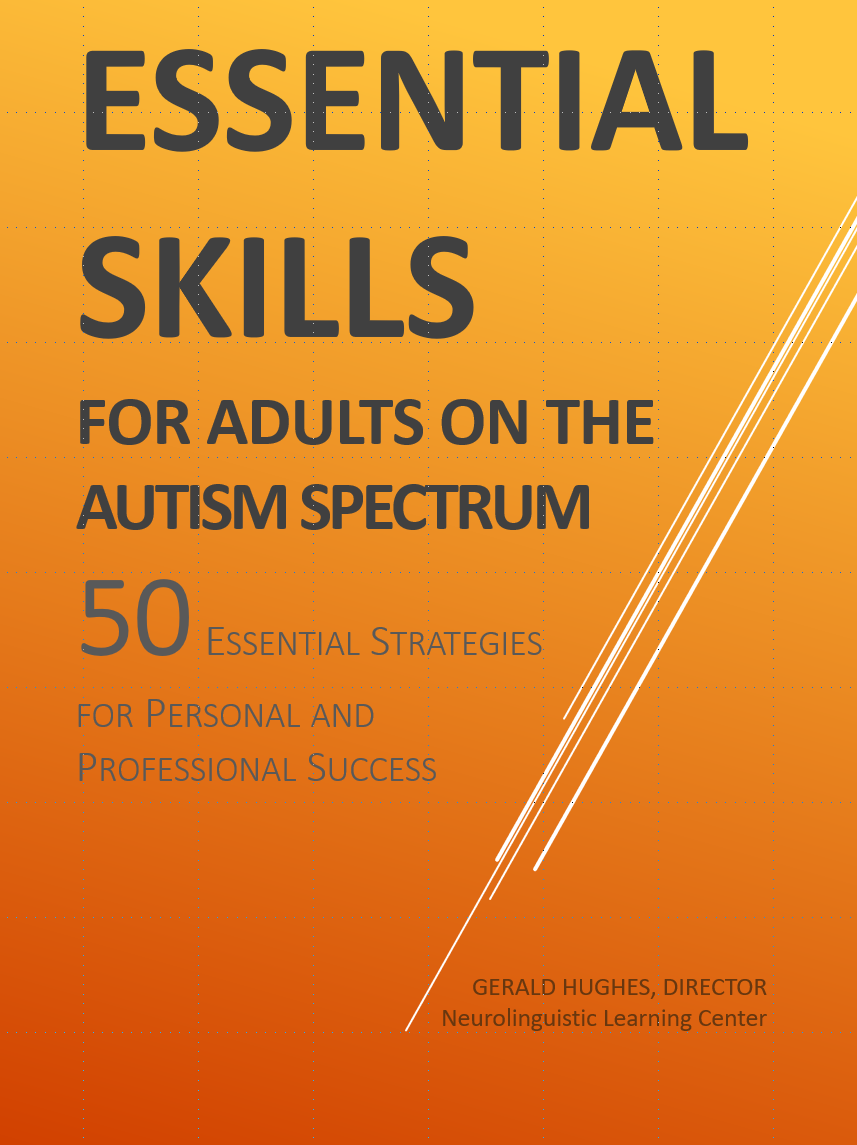Your cart is currently empty.

Communication Styles (from Essential Skills for Adults on the Autism Spectrum)
Previous chapters looked at adults’ personalities and perceived and processed sensory information.
As one would expect, it is natural for adults to speak and listen to reflect their personalities and perceive and process information.
We might call this speaking and listen to their communication style. And it is not uncommon for two Adults with different personalities to have very different communication styles.
For example, visually dominant folks may speak and respond to words and phrases that reflect their visual dominance.
“Can you see/picture…” or “It’s clear to me” are just a few phrases a visually dominant adult might use.
Conversely, dominant auditory Adults may respond to phrases like, “I hear/heard you” or “It sounds good to me.”
Those of us who are logically dominant may tend to use phrases like, “It makes sense to me” or “That seems logical.”
While feeling/emotionally dominant, folks may say, “It feels like…” or “I would love to….”
Without awareness, it is possible for two Adults to speak and hear the same words but have a completely different understanding due to differing communication styles.
For example, a Visually and Emotional Dominant adult may try to explain his excitement about something to an Auditory and Logically Dominant adult.
The Visually and Emotional Dominant adult may begin over-the-moon excited. He wants to convey that excitement based on a vivid eidetic image in his imagination.
This flood of excitement may be completely overwhelming to the other adult.
He may fail to understand why the Visually and Emotional Dominant is excited in the first place. He may also fail to grasp the big picture of context for the excitement.
In the interest of engagement, the Auditory and Logically Dominant adult may ask the Visually and Emotional Dominant to slow down or back up.
He may ask that the Visually and Emotional Dominant walk him through each piece of the picture or each step of the journey, one… piece… or… step… at… a… time.
As the Auditory and Logically Dominant adult desperately tries to draw out the details so he can understand and appreciate them, one or both of them are likely become impatient and frustrated.
(This is a conversation many couples have re-played a million times.)
If we are not consciously looking at our communication style and our audience’s listening, we may not be communicating what we wish to communicate.
We may be misunderstanding each other completely and, at the very least, missing the opportunity to build empathy and rapport.
Leave a Reply